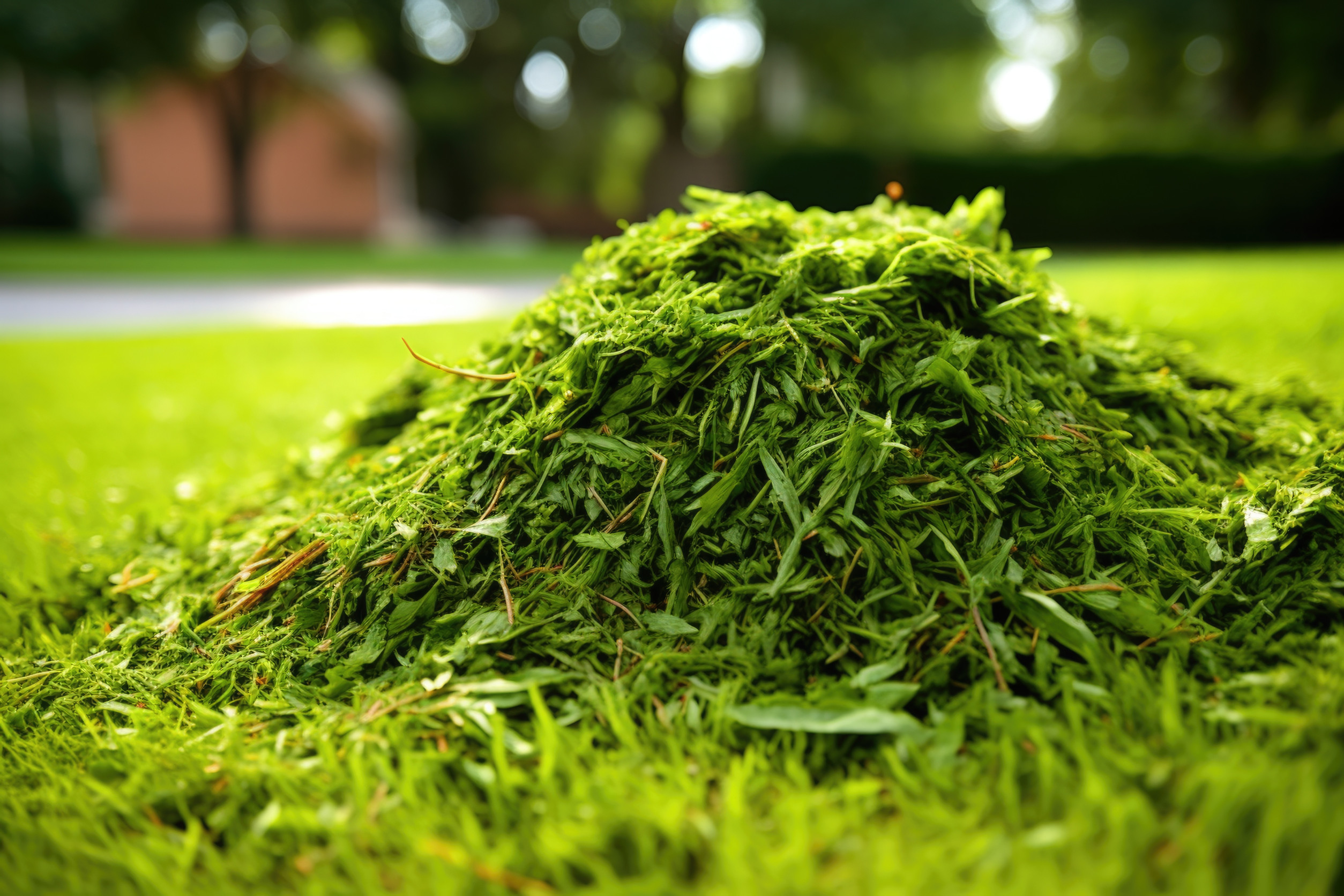Many eco-conscious homeowners are opting to replace their lawns with native plants and drought-resistant landscaping, but if you’re not ready to give up your lawn or you own a grassy space for sports or other utility purposes, mulching can help make this space as green as possible (literally and environmentally).
Mulching simply means redistributing your lawn clippings across your grass when you finish mowing. You can purchase special mulching blades for your mower, but in most cases, regular old blades will do just fine. Be sure to not mow your lawn when wet, as wet mulch can smother, rather than nourish, a lawn.
Benefits for your lawn
Mulching your lawn helps provide critical nutrients. The average lawn requires four pounds of nitrogen a year for healthy growth, and simply mulching clippings can provide an impressive 25 percent of this. Plus, as worms, beneficial bacteria, and fungi eat away at mulch, they boost ecosystem diversity.
Financial benefits
Leaving mulch on your lawn saves you money in fertilizer costs, and it saves you the time and effort of picking up clippings. You also don’t have to pay for a green waste service to take them away. A healthier long-term lawn also means fewer reseeding costs.
What about leaves?
Leaves are a nuisance to rake up but save yourself time and hassle by mulching them into your lawn as well. Some can even inhibit the growth of weeds.
A study from Michigan State University found that mulching is 100 percent beneficial for the lawn. Many of us pick up clippings simply because other neighbors do so, but it turns out, leaving that mulch, where it is, is the best thing you can do for a healthy lawn.











